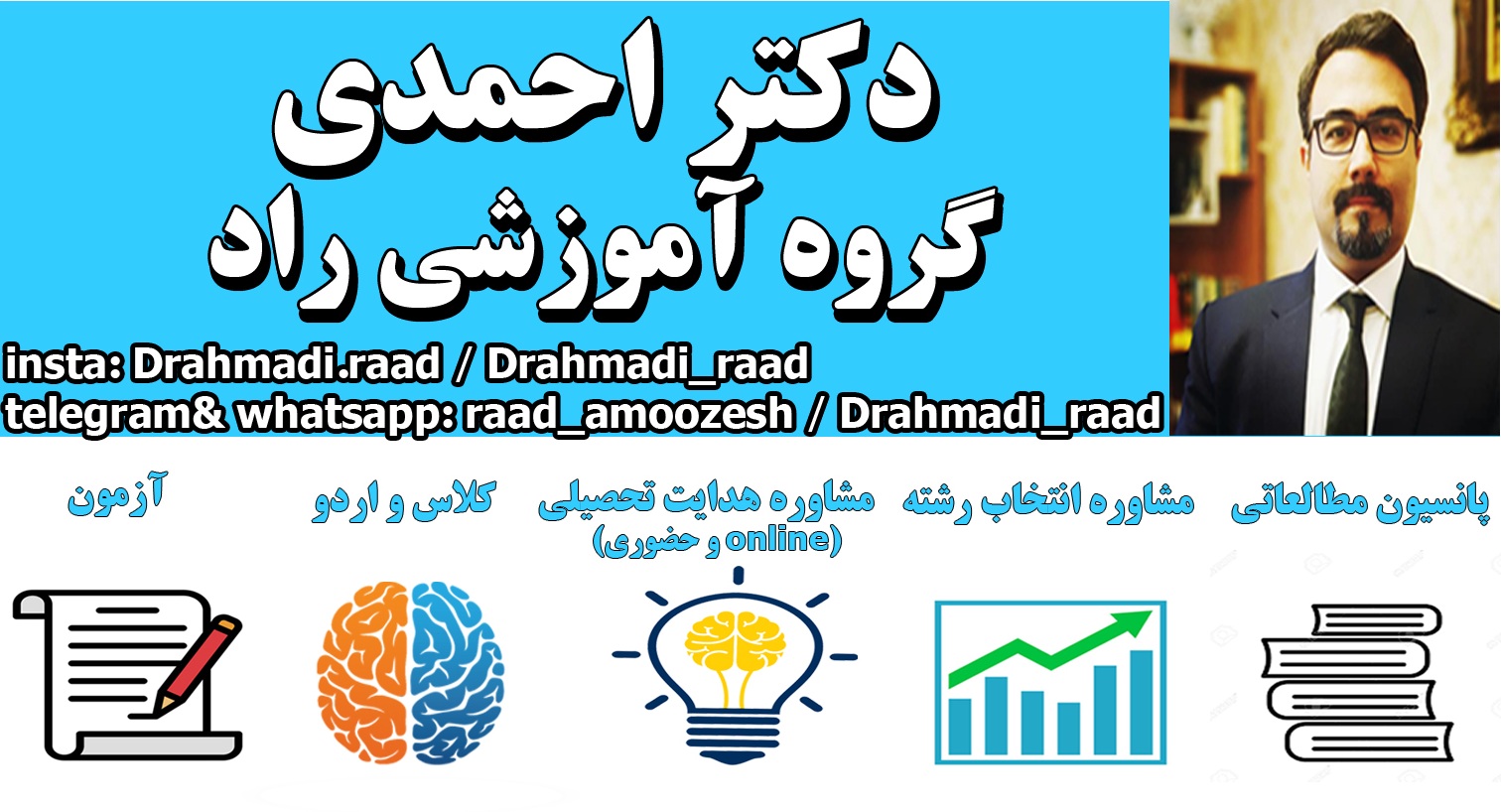
In frustrated moments, many professionals long for the independence and income that come with being a consultant or coach. Indeed, the profession can be lucrative, as evinced by famed coach Marshall Goldsmith’s well-publicized rate of $250,000 per client.
For the past decade, I’ve studied the question extensively, both in the course of building my own seven-figure coaching and consulting business, and through my work advising more than 250 professional service providers as part of my Recognized Expert community. I’ve identified three common reasons that nascent practitioners fail. By becoming aware of these traps — and taking action to avoid them — you can ensure you’re well ahead of the competition and are creating a strong foundation for your business.
Reluctance to do low-paid, brand-building activities
Early on, every new coach or consultant has to separate themselves from the crowd — and it is a crowd, with an estimated 53,000+ coachesworldwide, and a 7-10% growth rate of new aspirants per year. The best way is to garner as much social proof (i.e. externally recognized forms of credibility) as possible. Yet many new practitioners, who may be used to the high-level corporate salaries they left behind, are often reluctant to do the free or low-fee, brand-building work that’s necessary in the early days.
One private coaching client of mine scoffed at the $500 honorarium he was offered for a talk, and was thinking of turning it down — before I pointed out that it was for an Ivy League executive ed program, which would enable him to accurately claim on his bio that he had lectured at this prestigious institution, opening doors to other executive education teaching opportunities and providing massive credibility with prospective clients. It’s appropriate to turn down most free or low-paid work — but in the early days of your business, if it will lend you significant brand credibility, it may be worth it.
Unwillingness to reach out to past contacts
For any new coach or consultant (who isn’t a celebrity), there’s only one way to land early clients: your existing network. Outsiders, understandably, will be hesitant to entrust their professional challenges to someone without a track record. But contacts who have known you previously, in a different professional capacity, are often willing to take a chance because they understand your talents will translate into a new realm. And yet many new coaches and consultants — fearing rejection or feeling vulnerable about “asking for business” — hesitate to reach out to the people most likely to become their clients. Instead, they hold out the magical hope that new contacts will suddenly decide to hire them.
In my book Reinventing You, I profiled one executive coach who waited a full two years before notifying the people in her Rolodex about her new profession. She’s since built a very successful business, but only after overcoming this block. It’s understandable that new coaches or consultants don’t want to come on too strong, but sending a personal, low-pressure note (not a blast email, which can easily be ignored) goes a long way toward making your network aware of your new business, so you’ll at least be considered when they make referrals.
For instance, you could shoot them a short message saying hello and inquiring about them, and then add, “I’m excited that I recently started a new business coaching/consulting [insert your ideal client or the topic you focus on]. In case you happen to know anyone who might be a fit for that, I’m always looking for great clients to work with.” You’re not putting them on the spot or demanding referrals, but you are making it clear that you welcome introductions if they feel it’s appropriate. It’s a small but important step that too many new coaches or consultants hesitate to take.
Focusing on your interests, rather than the client’s needs
It’s the most basic principle of entrepreneurship: you can only successfully sell what your client wants to buy. And yet, many professionals who have longed to start their own coaching or consulting practice have come to view it as their vehicle of creative expression rather than as a business. One nascent coach I worked with was frustrated because she was having trouble landing corporate clients.
She had an impeccable resume, with high-level Fortune 500 jobs and global experience. But the reason for her difficulties soon became clear: her coaching website focused entirely on her interest in spirituality. Many people might value a spiritually-inclined coach, but that messaging didn’t tap into her pre-existing skills and credibility, and actually made it difficult for corporate clients to hire her because she didn’t highlight any business ROI. (An executive who signed off on a contract with her might well face questions about whether it was an appropriate expenditure). Even when we view our practice as a reflection of our innermost self, we have to remain cognizant of what clients are willing to pay for.
Launching a consulting or coaching practice is a coveted goal for many professionals, and the rewards can be substantial. If you avoid the most common mistakes and instead focus on accumulating social proof early on, actively reach out to past colleagues who know you and trust your work, and keep a keen focus on the results that matter to your clients, you have the ability to develop a thriving business and make a greater impact.
- ۹۸/۰۴/۱۵
